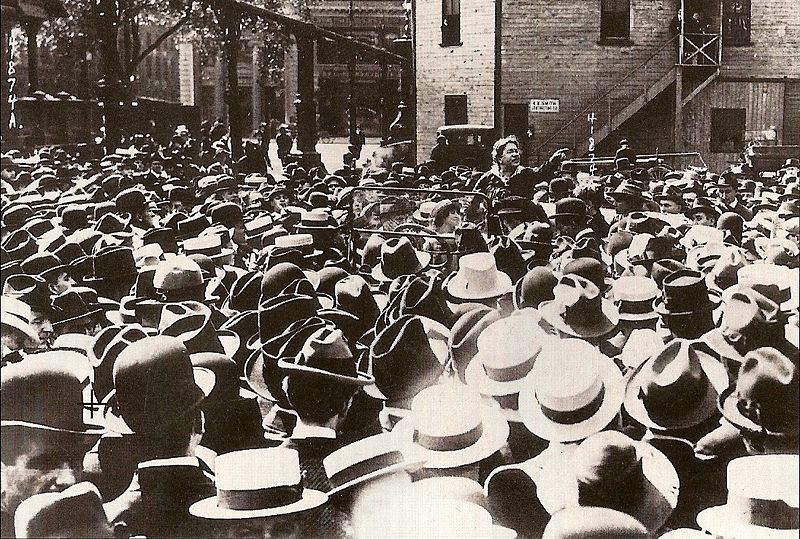The great Long Form just posted a link to Luc Sante’s “My Lost City,” an amazing 2003 article in the New York Review of Books about living in NYC during the ’70s and ’80s, as the place changed from gritty to gentrified. It’s my favorite essay ever about New York. I once interviewed Sante about another matter entirely, but I asked him if he knew that this filthy, fascinating city he loved so much would disappear so quickly. “No,” he said, “I thought it was prelude to even greater things.” An excerpt from Sante’s article about street-level history lessons:
“When old people died without wills or heirs, the landlord would set the belongings of the deceased out on the sidewalk, since that was cheaper than hiring a removal van. We would go through the boxes and help ourselves, and come upon photographs and books and curiosities, evidence of lives and passions spent in the turmoil of 1910 and 1920, of the Mexican Border War and Emma Goldman’s Mother Earth and vaudeville and labor unions and the shipping trade, and we might be briefly diverted, but we were much more interested in the boxes on the next stoop containing someone’s considerably more recent record collection.
One day something fell out of an old book, the business card of a beauty parlor that had stood on Avenue C near Third Street, probably in the 1920s. I marveled at it, unable to picture something as sedate as a beauty parlor anywhere near that corner, by then a heroin souk.”
Tags: Emma Goldman, Luc Sante

